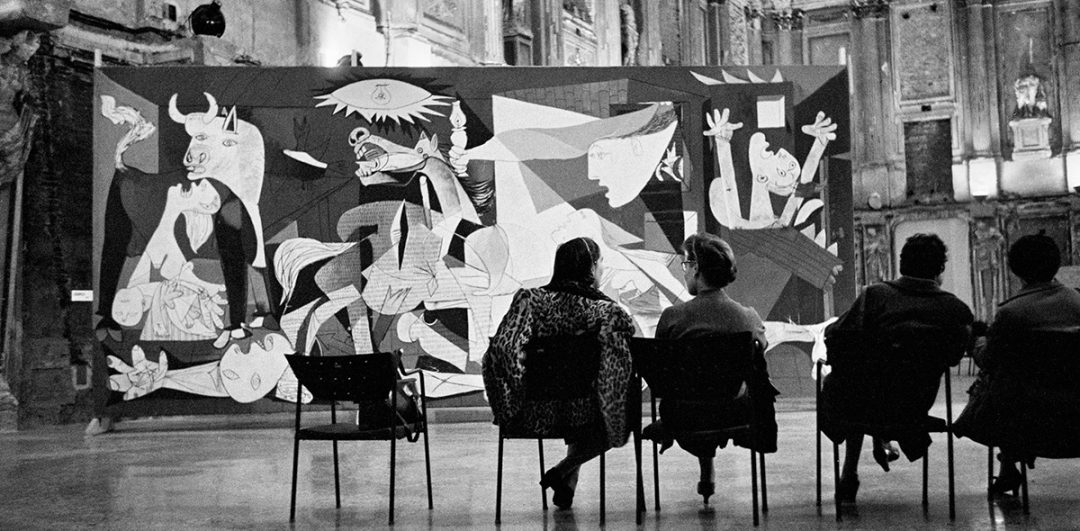Rene Burri
who was born in Switzerland in 1933, was one of Magnum’s shining stars. In fact, he was one of the few photographers to shoot the very elusive Henri Cartier-Bresson. Besides being a mentor. He pretty much used Leicas throughout his career, including the Leica M2, Leica M3, and in the last years of his life, the Leica M7. But what set him apart was his very varied choice of lenses. At the time, Magnum insisted it’s photographers use lenses between 35mm and 90mm. But Burri was known for using lenses as wide as 18mm. Even using a very rare M-mount telephoto, (180mm,…only 250 were ever made), for the famous 1960 Sao Paulo rooftop image.He never told his editors at Magnum.
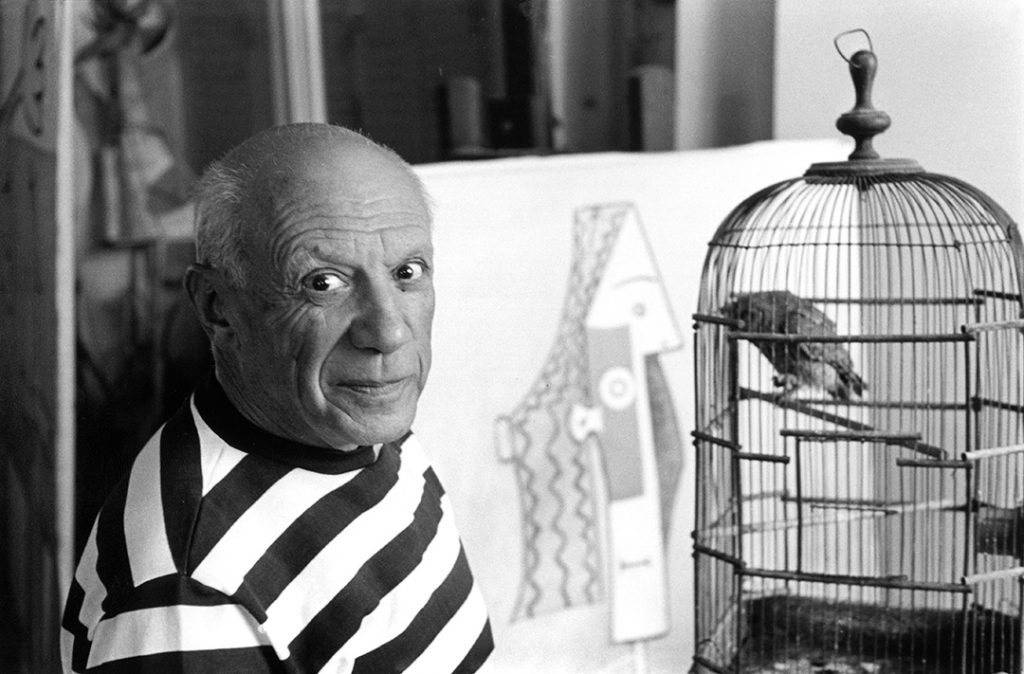
30 Years of the Leica M3
His very first photograph was of Winston Churchill in a visit to his hometown before the war. He was 13. In his lifetime, he got to shoot Picasso, (who he became friends with), Che Guevara, Le Corbusier, Giacometti and many other dignitaries. Recently, one of his Leica M3’s went up for auction and fetched nearly $20,000. And it wasn’t in the best of conditions.

He was always shooting in far flung places with his Leica M3 in the 50’s and 60’s whether on assignment or not. Which was pretty uncommon at the time.Rene Burri was very determined when working, and this served him well, and accelerated the growing of a very distinct style. And he constantly argued with Cartier-Bresson and once told him he had his own decisive moment. He was very economical with his shooting. Sometimes only taking 1 or 2 images on an assignment. His style was bold and confident.
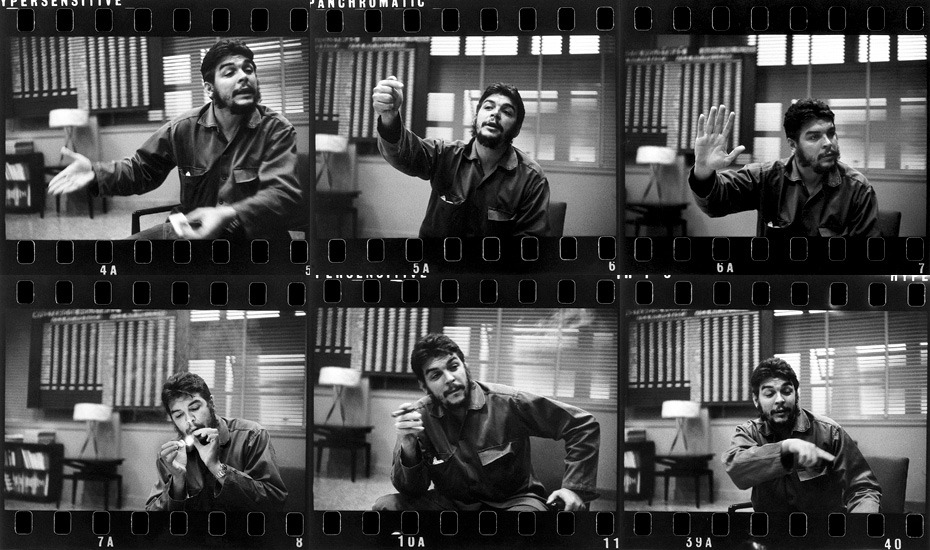
Varied Focal Lengths
Also, in those days, most photographers were wedded to one focal length. But Burri was just as comfortable with a telephoto as a wide angle lens. He used what he thought would be best for the image, and paid very little attention to the norms of the day. When it came to war, he liked telling behind the scenes stories of the men and victims of war, but his very strong stance against violence of any type, prevented him from ever taking an image he thought would glorify war.
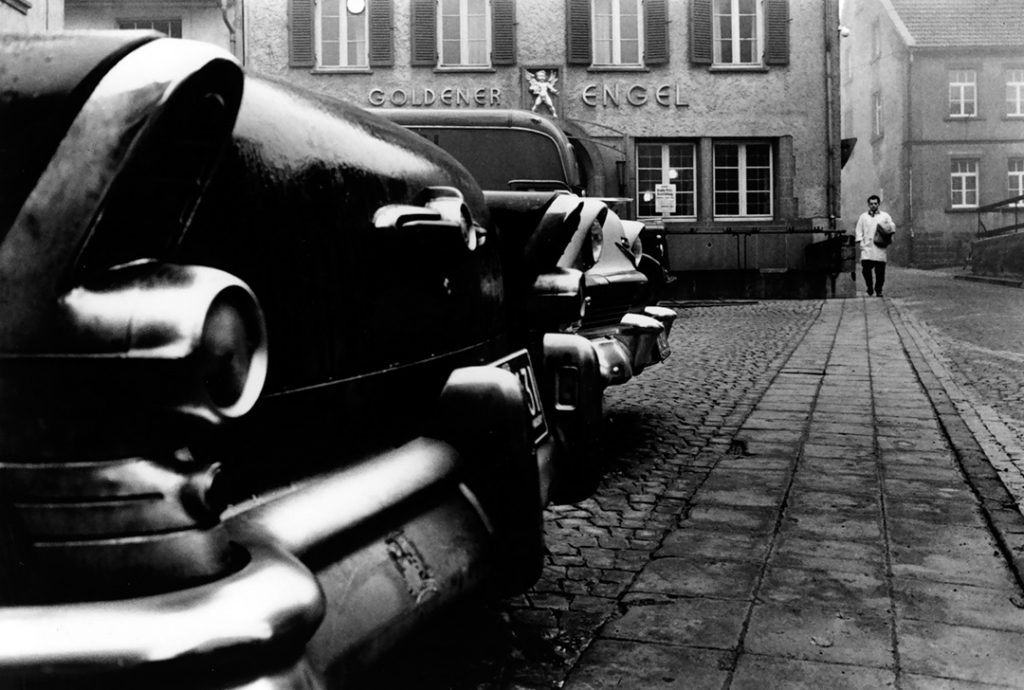
His moral compass, and snap decisions on what, and what not, to shoot only solidified the importance of his images and style. In an interview a few years before his death, he told an interviewer, “What counts is putting the intensity that you yourself have experienced into the picture. Otherwise it is just a document. But if you are truly successful in capturing the pulse of life, then you can speak of a good photograph.”
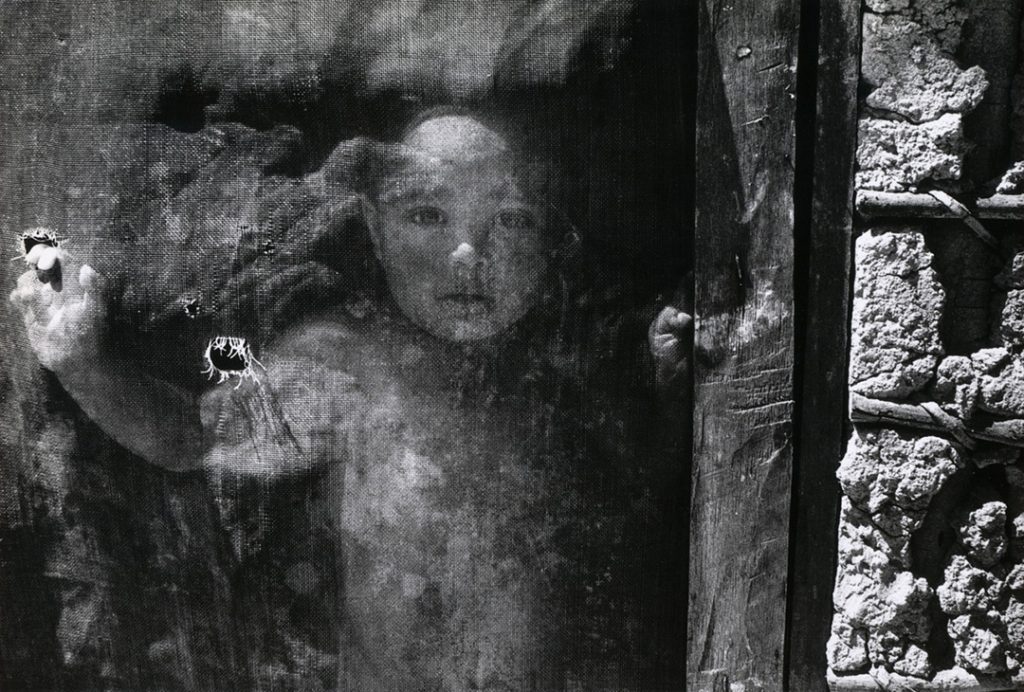
An Inspirational Life
Most will remember Rene Burri for his iconic images, and the principled stance he chose to follow when clicking the shutter. Leica eventually awarded him their Hall of Fame award in 2013. His absolute inspiration to many in traveling his own road, made me feel the award was past due. How many ‘Che Guevara’ posters and t-shirts have you seen, and didn’t know that was a Rene Burri photograph? His books are great and should be in every photographer’s library. Rene Burri died in 2014 at the age of 81.

